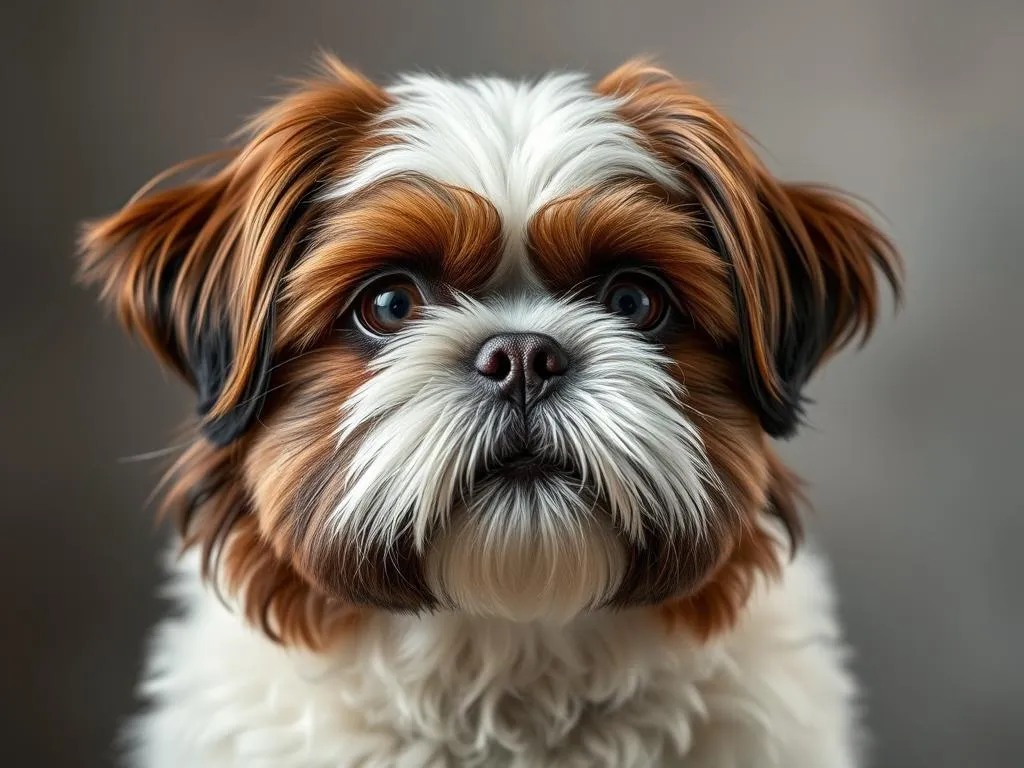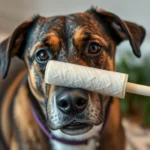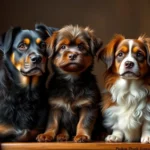
The Shih Tzu is a small yet robust breed known for its friendly disposition and regal appearance. With their long, flowing coats and expressive faces, these dogs are beloved companions for many. One of the most striking aspects of the Shih Tzu is their variety of coat colors, which contributes significantly to their overall charm. In exploring the different Shih Tzu colors, we uncover the breed’s rich history, genetics, and the aesthetic that makes each pup unique.
Understanding the Shih Tzu Breed
History of the Shih Tzu
The Shih Tzu originated in Tibet and was bred by Chinese royalty. These dogs were cherished as companions, often referred to as “Lion Dogs” due to their resemblance to the lion statues found in Chinese temples. Their presence in Chinese culture is significant, symbolizing loyalty and companionship. As the breed traveled through history, they remained closely associated with nobility, which further enhanced their regal aura.
Physical Characteristics
The Shih Tzu typically weighs between 9 to 16 pounds and stands about 9 to 10.5 inches tall. They possess a distinctive flat face, large round eyes, and a sturdy body. The breed is renowned for its luxurious double coat, which can vary in length and texture. These physical traits combined with their lively personality make the Shih Tzu a standout breed among toy dogs.
The Genetics of Coat Color
Basic Genetics of Dog Colors
The colors of a Shih Tzu are determined by genetics, which involves various alleles that influence coat color. Breeding practices play a crucial role in determining a dog’s color, as certain colors are linked to specific genetic combinations. Understanding these genetic principles can help prospective owners appreciate the diversity of Shih Tzu colors available.
Color Genes Specific to Shih Tzus
In Shih Tzus, key genes influence the coat colors we see. The primary genes affecting their coat color include the Agouti gene, which determines the basic color (like black, gold, or brown), and the Extension gene, which can lead to variations like brindle. Dominant traits may present more prominently, but recessive traits can also emerge, leading to a beautiful mix of colors in the breed.
Common Shih Tzu Colors
Solid Colors
Solid Shih Tzu colors are among the most sought after, often appreciated for their uniform appearance. Common solid colors include:
- Black: A classic and elegant choice.
- White: Often associated with purity and innocence.
- Gold: Radiates warmth and is one of the most popular colors.
- Liver: A more unique solid color, often found in some lines.
The popularity of these solid colors can vary, with some being more common in pet circles than others.
Particolored Shih Tzus
Particolored Shih Tzus showcase a combination of two colors, creating a striking appearance. These dogs typically have patches of white mixed with another color. Common combinations include:
- White and black
- Gold and white
- Brown and white
Particolored coats are often celebrated for their uniqueness and can be just as stunning as solid colors.
Brindle Shih Tzus
Brindle Shih Tzus display a unique pattern characterized by dark stripes on a lighter base color, giving them an exotic appearance. This coloration can be seen in combinations like:
- Brindle and white
- Brindle with gold or cream
Brindle patterns can vary significantly, making each brindle Shih Tzu a one-of-a-kind companion.
Other Unique Colors
Apart from the common colors, there are also less frequently seen Shih Tzu colors that can catch the eye of any dog lover. These include:
- Blue: A rare and striking color that stands out in any setting.
- Chocolate: A rich, deep brown that adds a touch of elegance.
- Cream: Soft and delicate, cream-colored Shih Tzus radiate calmness.
Each of these colors brings its own charm and appeal, making them special in their own right.
Color Variations and Patterns
Markings and Patterns
In addition to solid and particolored coats, Shih Tzus can exhibit various markings that enhance their appearance. Common markings include facial masks, patches on the body, and unique patterns on the legs. These markings not only contribute to the dog’s beauty but also reflect the variety within the breed.
Seasonal Color Changes
Some Shih Tzus may change color as they age. This natural phenomenon can be influenced by factors such as genetics, diet, and overall health. For instance, a puppy might be born with a dark coat that lightens as it grows older. Understanding these changes can help owners appreciate the evolving beauty of their pets.
Caring for Shih Tzu Coat by Color
Grooming Needs
Proper grooming is essential for all Shih Tzus, but specific colors may require different approaches. For example:
- Black coats: May show dust and dirt more easily, necessitating regular cleaning.
- White coats: Are prone to staining, especially around the eyes and mouth, so frequent grooming is vital.
- Brindle coats: Should be brushed regularly to keep the coat healthy and shiny.
Regular grooming not only maintains the aesthetic quality of the coat but also promotes skin health and reduces shedding.
Health Considerations
Certain Shih Tzu colors can be linked to specific health considerations. For instance, lighter-colored dogs may be more susceptible to sunburn, so extra care in sunny environments is necessary. Regular veterinary check-ups are essential for all Shih Tzus, regardless of their color, to ensure they remain healthy and vibrant.
Choosing the Right Shih Tzu Color for You
Personal Preferences
Selecting a Shih Tzu color often involves personal preferences. Factors such as lifestyle, home environment, and the dog’s temperament can influence your decision. It’s essential to consider how a specific color may fit into your life and aesthetic.
Availability and Breeder Considerations
When searching for your ideal Shih Tzu, finding reputable breeders who prioritize ethical breeding practices is crucial. Some colors may be more challenging to find than others, so being patient and researching breeders who specialize in your preferred color is recommended. Always ask about the puppy’s parents to understand potential health issues related to their coat color.
Conclusion
The world of Shih Tzu colors is as diverse as the personalities of the dogs themselves. From solid hues to intricate patterns, each color holds its unique significance and charm. Whether you prefer the elegance of a solid black Shih Tzu or the playful markings of a particolored companion, every Shih Tzu is a beautiful addition to any family. Embracing the variety of colors not only enhances our appreciation for this breed but also enriches the bond we share with them.
FAQ Section
What is the most common Shih Tzu color?
The most common Shih Tzu colors include gold, black, and white, with gold often being the most popular among pet owners.
Are certain colors more prone to health issues?
Yes, certain colors can be linked to specific health problems. For example, lighter colors may require more care regarding sun exposure.
Can Shih Tzu colors change over time?
Yes, Shih Tzu colors can change as they age due to genetic factors and environmental influences.
How do I choose a Shih Tzu based on color?
Consider your lifestyle, home environment, and personal preferences when selecting a Shih Tzu color. Research breeders to find the color you desire.
What should I know about grooming different colored Shih Tzus?
Different colors may require specific grooming techniques to maintain their coat’s health and appearance. Regular grooming is essential for all Shih Tzus to prevent matting and skin issues.









